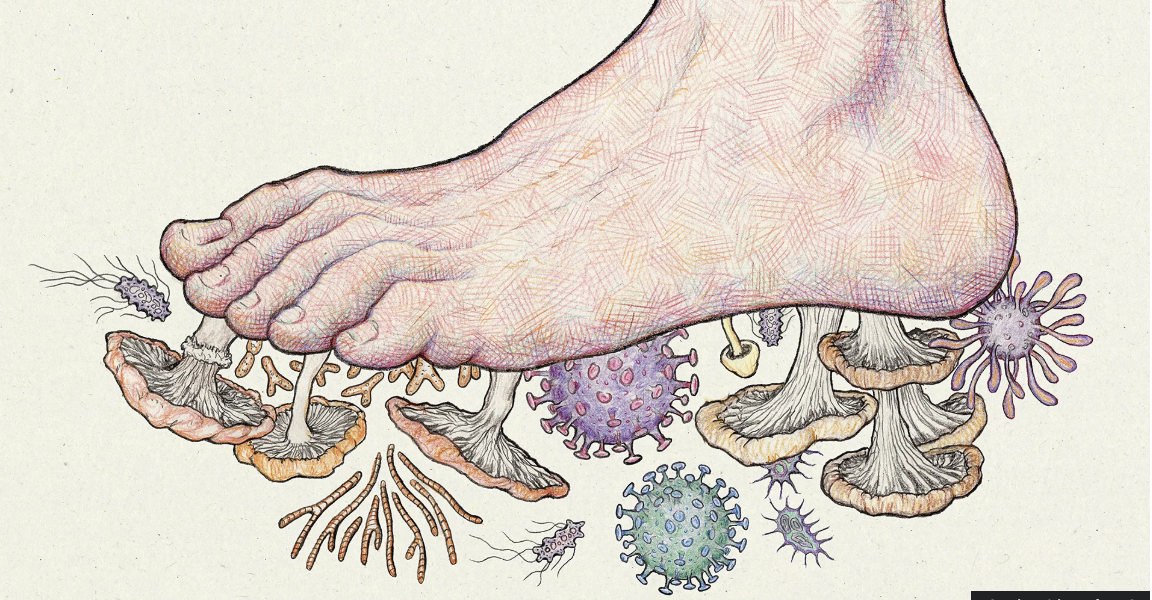Credit: Gorka Olmo/ BBC
The feet hold about 600 million bacteria despite receiving less care during hygiene practices than other body regions. The experts disagree with the common practice of only using shower water to wash feet because it is insufficient. Every foot hygiene routine needs clarity regarding proper foot cleaning frequency.
Why Foot Hygiene Matters
Each square centimeter of feet has more than 600 functioning sweat glands, which makes these body parts incredibly moist. The odorless liquid of sweat creates excellent conditions for various bacteria and fungi to multiply. The humid environment of the feet creates ideal conditions for foot odor and causes novel fungal infections related to the athlete’s foot in addition to bacterial skin conditions.
Irregular washing of feet leads to a microbial overgrowth in their warm and damp foot area, according to Holly Wilkinson,n, who teaches wound healing at the University of Hull. Keeping feet clean becomes essential since Corynebacterium and Staphylococcusbacteriai and fungal species such as Candida and Aspergillus establish themselves quickly in such environments.
The recommended frequency of washing feet remains debatable since it differs from person to person and depends on personal and environmental factors.
The UK’s National Health Service (NHS) and the US Centers for Disease Control and Prevention recommend daily foot washing with water and soap. Research showed that people who washed their feet twice daily had a bacterial count of 8,800 for every square centimeter, whereas those who washed their feet only occasionally reached over one million bacteria per square centimeter.
Regular washing of the feet removes protective skin microbes while causing skin dryness, which develops into cracks that increase the risk of infections. According to dermatologists, you should wash your feet twice a week, but if activity levels are high or infections frequently occur, daily washes will bring you the best results.
Proper Foot Cleaning Techniques
- Wash with warm water and soap to clean every part of your feet, including your toe spaces.
- Using excessive exfoliation against the skin will defeat its protective barrier.
- Thorough drying applies most to the area between the toes since moist conditions support fungal development.
- Applying moisturizer during your routine is acceptable for preventing dryness, yet should be avoided on toe areas.
Foot Hygiene for Special Cases
- Diabetes patients should perform daily foot inspections and washing procedures as an essential method to stop foot ulcers and infections.
- People who exercise and athletes need to clean their feet right after their workouts to control excessive sweat accumulation.
- Persons who experience recurrent foot odor can diminish odor-causing bacteria by using antibacterial soap and thorough foot drying.
Final ThoughtsProperr foot hygiene supports odor prevention, protects your skin health, and protects you from infections. People must wash their feet diligently since they need more than essential shower water for proper care.




